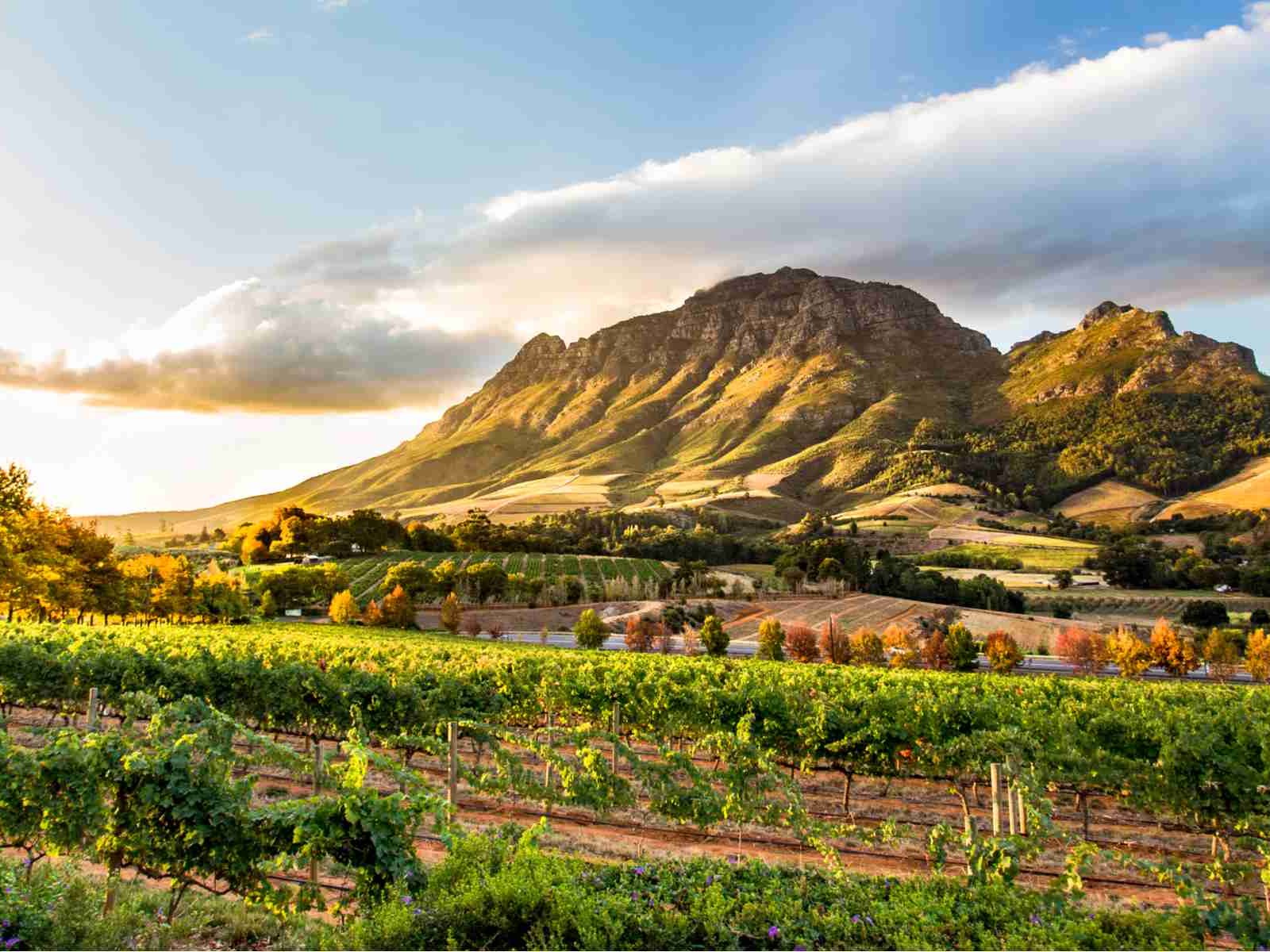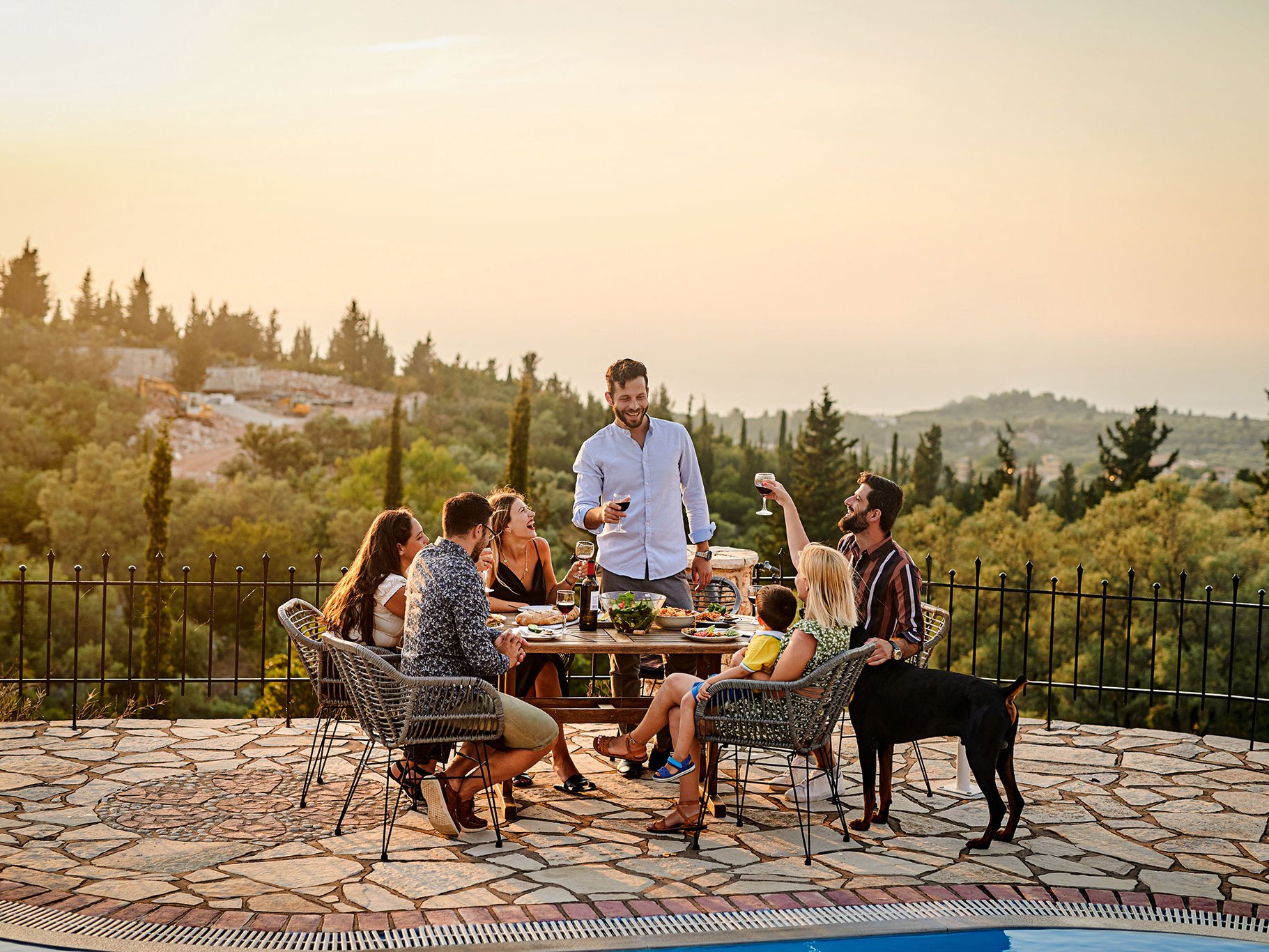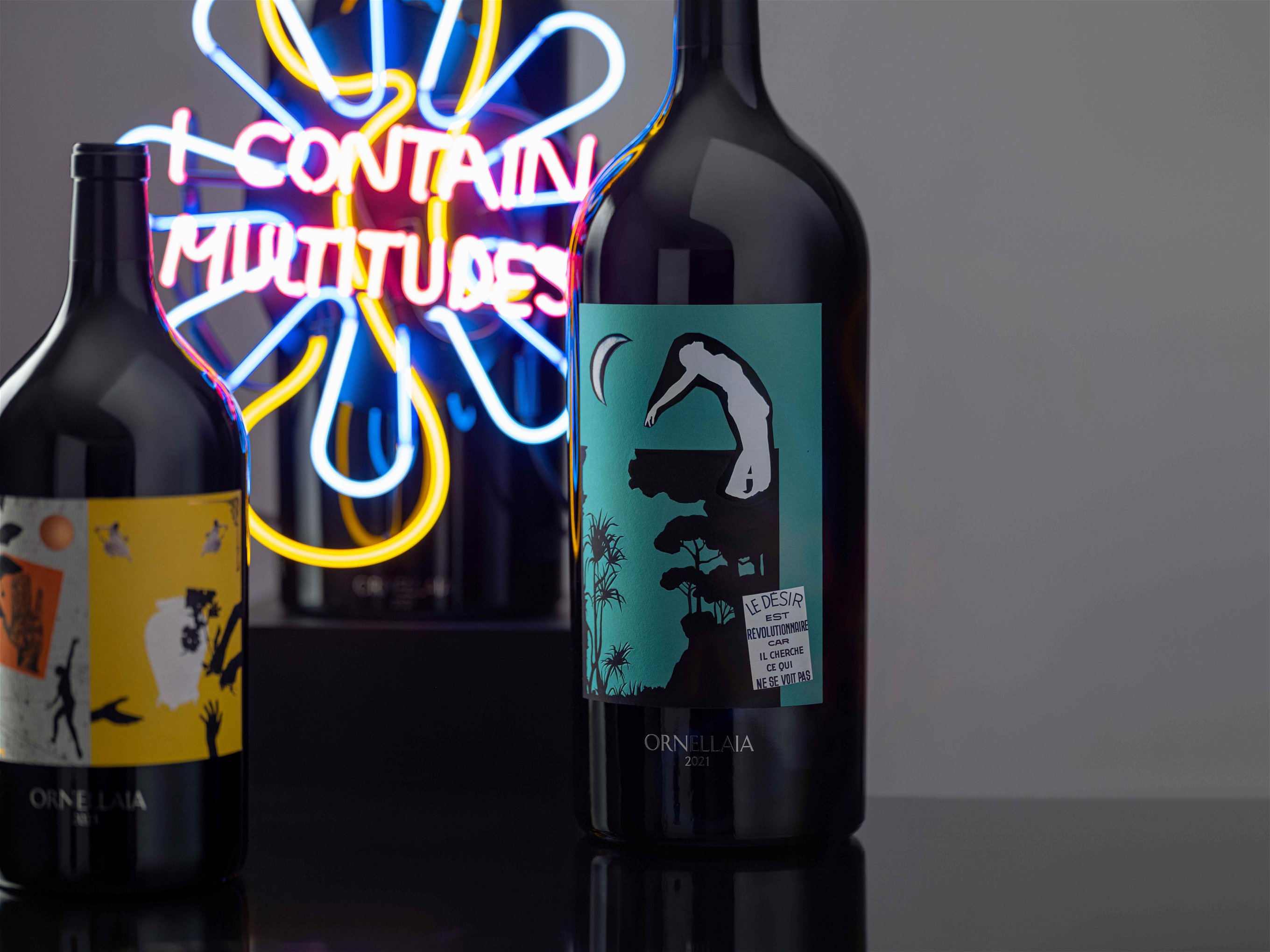Six Alternative Regions for Bordeaux Fans to Explore
Love Bordeaux? You’re not alone. Producers worldwide have taken inspiration from the great wines of this region, both red and white. Here are six very different corners of the globe which have achieved particular success with Bordeaux-style blends.
1. Hawke's Bay, New Zealand
It’s hard to travel any further across the world from Bordeaux than New Zealand, but don’t let that distance mislead you. With its warm climate, proximity to the coast and geology that combines gravelly plains with limestone-infused hills, it’s not difficult to see how Hawke's Bay has made a roaring success of Bordeaux blends. Yes, there’s that bright, intense New World fruit, but the best examples also show all the cedary, savoury elements and structure you’d expect from good Bordeaux.
One corner of Hawke's Bay that’s particularly worth having on your radar is Gimblett Gravels. This stony former river bed was once written off as too hopeless even for sheep farming, but pioneers such as Pask and Stonecroft risked ridicule by planting vines here. After all, gravel is key to the success of the Médoc, not to mention the aptly named Graves region. It didn’t take long for other producers to follow, with Bordeaux blends leading the way (although look out for excellent Syrah too). Mission Estate, Craggy Range and Trinity Hill all make top examples here.
And just as Bordeaux has St Emilion, so too does Hawke's Bay have its own limestone-infused hills in Havelock North. Te Mata is the deservedly famous star here: try the estate’s Coleraine and Awatea expressions.
2. Napa Valley, California, US
Ever since the 1976 “Judgement of Paris” tasting saw Napa wines outperform some of the top names in Bordeaux, this corner of California has attracted attention in keeping with its lofty ambition. Cabernet Sauvignon is king here, regularly appearing on its own as well as in more traditional Bordeaux blends. But if Bordeaux reds are often savoury and austere, all that Californian sunshine yields seductively sweet, opulent fruit yet with an underlying structure that still allows these wines to age superbly.
As with the Médoc, there’s a strong sense of affluence in the designer mansions that house so many Napa wineries. That’s also reflected in the price of the wines, which easily match Bordeaux’s smartest classed growths, although volumes here tend to be more on the boutique scale. You’ll need to be on a private mailing list or bid high at charity auctions to stand a chance of securing many of the big Napa names. If that all sounds rather off-putting, don’t give up. In contrast to the tightly closed doors of most Bordeaux châteaux, Napa embraces visitors with warm, relaxed Californian hospitality.
Any deep dive into Napa wine should include Stag’s Leap Wine Cellars, whose wines did so much to initially drag the world’s attention in this direction. Joseph Phelps is another name with a long, successful track record. Napa has inevitably attracted high profile Bordeaux investment, with Dominus and Opus One drawing on the expertise behind Pétrus and Mouton-Rothchild respectively. For an arguably even more Old World expression of Napa though, reach for wines from Corison, which channel Napa’s natural generosity into a more restrained style that prizes expressive persistence over muscular concentration.
3. Stellenbosch, South Africa
Bordeaux may have some beautiful views and fine architecture, but soft evening light on the Simonsberg, its slopes flanked by elegant Cape Dutch wine estates, is a vista that’s hard to beat. Stellenbosch has built its reputation on Bordeaux blends; what’s more, they’ve been making wine here since the late 17th century, the same period when Bordeaux’s Médoc swamp was first drained for viticulture. But whereas Bordeaux’s climate is distinctly maritime, with a humid edge that can make rot a challenge, Stellenbosch enjoys drier, more Mediterranean conditions, helpfully cooled by breezes from nearby False Bay.
Stellenbosch’s style tends to sit somewhere between Bordeaux and the richer expressions found in, for example, Napa Valley, Argentina or Australia’s Clare Valley. Expect ripe New World fruit accompanied by more intriguingly complex graphite, tobacco and cedar elements, a grown-up structure and a refreshing herbaceous element coupled with enlivening acidity.
Historic local names such as Meerlust and Rustenberg provide excellent benchmarks, but younger estates such as Delaire-Graaf and Jordan are every bit as good. Alongside the blends, there’s plenty of serious single variety Cabernet Sauvignon here, but look out in particular for Cabernet Franc, which really shines on its own in the hands of producers such as Raats or Warwick.
4. Margaret River, Australia
If you’re a fan of Bordeaux whites as well as its more famous reds, then head for Margaret River. Since the 1960s, this beautiful, remote region lying three hours south of Perth has cultivated a reputation for elegant Cabernet-based reds alongside Sauvignon Blanc/Semillon blends, or “SBS”, which range from zesty to intriguingly age-worthy.
That freshness is thanks in no small part to the cooling influence of the Indian Ocean, which surrounds this surfer’s paradise on three sides. Summers are drier than Bordeaux, helping the predominantly high end, smaller scale producers here grow pristine fruit. If you associate Australia with rich, alcoholic, oaky reds then prepare to be surprised by the elegant, alluring Bordeaux blends of Margaret River.
For serious, cellar-worthy examples in both red and white, look no further than pioneering producers Cullen, Vasse Felix and Cape Mentelle. It’s not strictly in the Bordeaux spirit, but allow yourself to dip into the superb, sophisticated Chardonnay that is just as important a part of Margaret River’s identity.
5. Puente Alto, Maipo, Chile
If you still think Chile is more about cheap quaffers than fine wine, then sit up and turn your attention to Puente Alto. As with Bordeaux, the vineyards lie right on the city borders, in this case Chile’s capital Santiago. The stony alluvial, well-drained soil base left by the Maipo river is not dissimilar to Bordeaux’s left bank vineyards. Rather different however is the dramatic presence of the looming Andes Mountains, in whose foothills Puente Alto perches at around 700m altitude. That cooling position brings an elegance and structure that marks these wines out from those produced on the hot, fertile valley floor.
There’s certainly a richness to Bordeaux blends from this part of the world, with plenty of ripe black fruit. But the best examples balance that power with finely polished tannins alongside complex layers of tobacco, stoniness and herbs. Yes, there’s concentration and plenty of alcohol, but not at the expense of vibrancy and aging potential.
Several of Chile’s most ambitious producers have vineyards in Puente Alto. Concha y Toro, best known for its supermarket staples, also makes one of Chile’s smartest wines here in the form of Don Melchor. Likewise, the family behind familiar brand Errázuriz makes top-end wine Viñedo Chadwick from its Puente Alto base. It’s no coincidence that this was also the location chosen for Almaviva, a classy joint venture between Concha y Toro and Baron Philippe de Rothschild of Mouton-Rothschild fame.
6. Bolgheri, Tuscany, Italy
Who doesn’t occasionally dream about the rolling Tuscan hills, a gently intoxicating mix of medieval towns, olive groves, swaying cypress trees and, of course, vines. Local grape Sangiovese rules here, but the small village of Bolgheri has carved itself a world-renowned niche for superlative Cabernet Sauvignon and other Bordeaux varieties.
For a long time, this coastal region of Tuscany was certainly not regarded as prime vineyard territory. That didn’t deter the Marchese Mario Incisa della Rocchetta, who dreamed of producing wine at his San Guido estate that could match the quality he admired so much from Bordeaux. He planted Cabernet Sauvignon and found it thrived on the rocky terrain, warm sunshine and cooling sea breezes. The resulting wine, Sassicaia, sparked a boom of similarly ambitious, Bordeaux-inspired wines. Their international varieties fell outside local labelling law, but producers shrugged off the rejection and adopted an upmarket identity of their own: “Super Tuscan”.
Today names such as Ornellaia, Masseto, Guidalberto and Tignanello sit comfortably alongside the great names of Bordeaux, both in terms of critical acclaim and prices. These are aristocratic wines that are unapologetic about needing time in the cellar for those firm tannins to mellow. Opulent fruit is often balanced by a savoury, even bitter element common to so many gastronomic Italian reds. If you can restrain yourself for a decade – ideally longer – then the harmonious realisation of all that brooding potential will be your well-earned reward.














